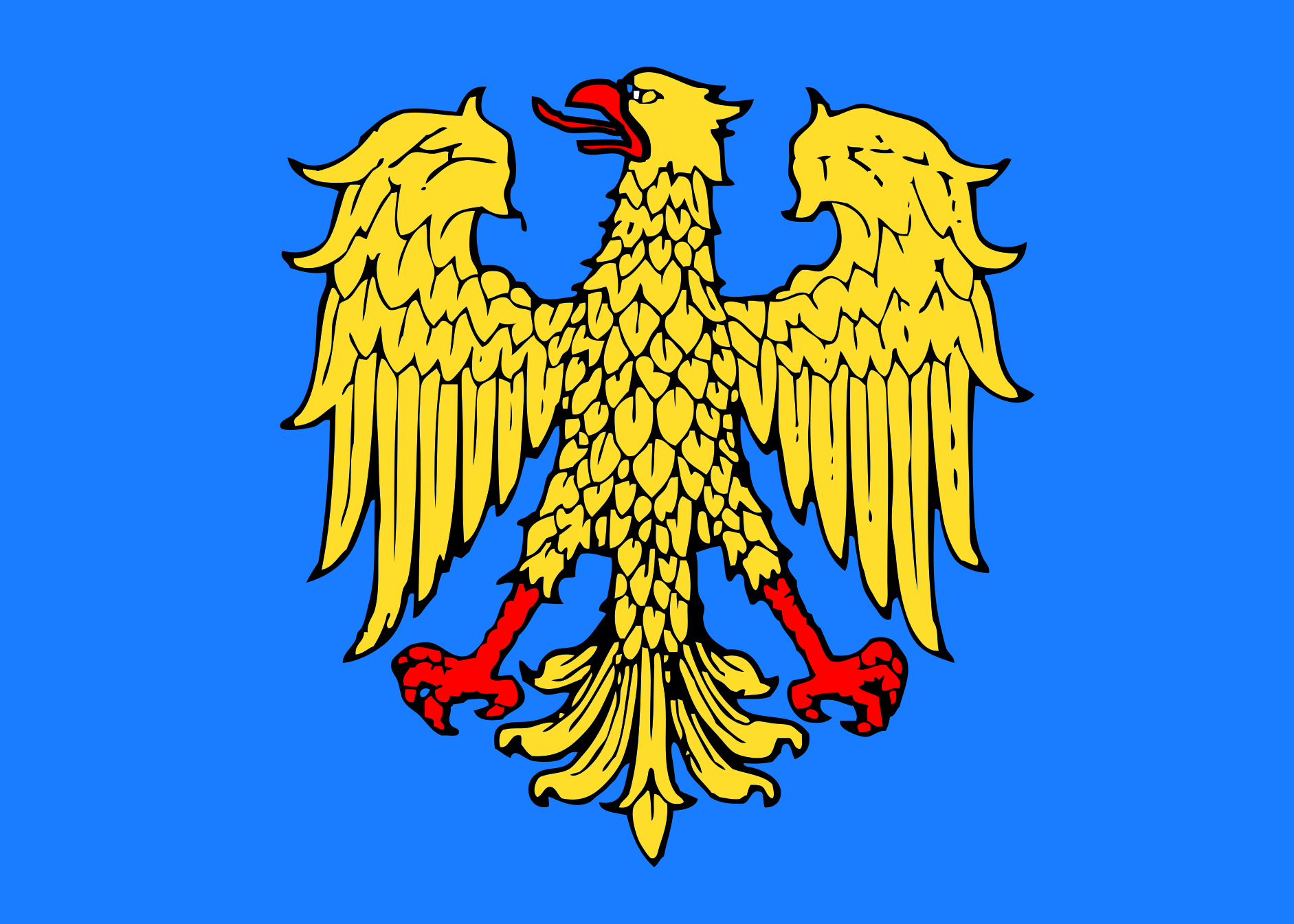

Let’s continue our tour of all the languages and dialects of Italy. We started our journey from Val d’Aosta and last time we stopped in Veneto. Now it’s the time to move to a very interesting region especially from a linguistic point of view: Friuli-Venezia Giulia (Friuli for short).
Even if “Venezia” is part of its name, Venice is not in this region. Friuli has a very interesting history and sadly a very tragic one, but this is not the place to get into it. We are going to talk about its languages. Yes, languages. The dialects and languages spoken in this Italian region were recognized and protected by the Italian constitution in 1999. There are may languages spoken in this territory. In fact, due to its border position, other than the more “local” languages, people speak variations of German and Slovenian in many cities, but also Veneto. But I haven’t told you what we are actually going to talk about, have I? The answer is friulano.
Friulano, or Furlan, is spoken from the Friulan Alps to the Adriatic Sea and it is officially a language even though today, like we have previously said for all the other languages and dialects of Italy, less and less people do actually speak this language. A recent sociolinguistic study conducted by the Università di Udine recorded that everyone in the previously mentioned area is still capable of easily understanding Friulano, but only half a million people are capable of not only understanding, but also actively speak and use the language. And those people are pretty much concentrated in the mountains, hills, and countryside. Generally speaking (and this is true for most Italian languages and dialects), people living in the urban areas and main cities have been adopting Italian almost exclusively. Precisely due to this trend, thanks to the 1999 Constitutional law, the Region Friuli-Venezia Giulia administrations have been promoting and protecting Furlan through courses both in and outside the school system, research, and campaigns. There are many institutions that are involved in this process among which the A.R.L.E.F. Agenzia Regionale (the Regional Friulian Language Agency), Università di Udine, and the Società Filologica Friulana (Friulan Philological Society). And I guess it worked, because there are still cities in which people mostly, if not only, speak Friulano like in Gradisca di Isonzo.
The Furlan language is a pretty old language. It comes directly from Latin, and it is not a mixture of languages like many people used to believe. We can trace back its origin to the city of Aquileia, a city in the South of the region, which was funded around in 181 C.E., when the Romans colonized this city and started to use Latin as the language. A great number of Celtics lived in this city, so when the Romans conquered them, they too had to adopt Latin as their language, but, as you can probably imagine, they had their own interpretation of it. Friulano seem to come directly from that kind of Latin. Soon, this variation of Latin became its own language and, in the 4th century, we can find proof of it all over the region. But this area is a frontier, and throughout the centuries, elements of the nearby languages, like German, Slovenian, Venetian, but also Longobard, permeated it.
Today, the language is fully part of the Neo-Latin languages group of Northern Italy, it has been and still is the people’s language. It definitively is a united and defined language, far from all the other languages in the nearby areas and therefore very easy to detect. Moreover, there are some Friulano variations, but the differences are not so strong to prevent people from understanding each other.
But the question is always the same one: how is it different from Italian? So first of all, all the vowels at the end of a word disappeared, except for the vowel “a.” So, if in Italian “a thousand” is mille in Friulano is mil, “fish” in Italian is pesce and in Friulano is pes, “ugly” in Italian is brutto and in Friulano is brut. Moreover, Friulano uses two types of vowels: long and short. Not only are they different in pronunciation, but also in spelling and meaning. In fact, let’s take the words we took as an example before. Mil uses the short vowel while mîl uses the long vowel and the meaning goes from “a thousand” to “honey.” The same with the other two examples: pes and brut use the short vowel and they mean respectively “fish” and “ugly” while pês and brût use the long vowel and mean “weight” and “broth” or “daughter-in-law” depending on context. There is also a big difference in the pronunciation of the letters “c” and “g” when followed by the vowel “a:” in Italian the “c” as in casa – “house” – or the “g” as in gatto – “cat” – are pronounced like the “c” in “cat” and the “g” in “glass,” but the same words, which in Furlan are cjase and giat, are pronounced like in “change” and “jelly.” They also kept some “l”s that Italian lost from Latin like in words as “flower” which was flore in Latin, flôr in Friulano, and fiore in Italian, or “plant” which was planta in Latin, plante in Friulano, and pianta in Italian (notice that English words that come from Latin kept it too). Lastly, Italian and Friulano differ too in the formation of plurals since the latter simply adds an “s” (again, just like in English).
Well, now that I think about it, looking at all these similarities between Furlan and English, you might want to think about learning Friulano instead of Italian.
You may be interested
-
Italian world language teacher 2015-2016
FRAMINGHAM PUBLIC SCHOOLS - JOB DESCRIPTION TITLE: World Language Teacher - Italian...
-
'Italy Stay Strong': What The Coronavirus Eme...
On the northern coast of Sicily, looking out toward the magnificent Aeolian Islands, Milaz...
-
‘Carnivale’ doubles as event to persuade YSU...
Lent begins next Wednesday but the Italian community of Youngstown celebrated their own Ma...
-
‘Il Canto degli Italiani’: What the Italian n...
The Italian football team and its fans are known for belting out rousing renditions of the...
-
‘In Other Words’ review: Jhumpa Lahiri’s love...
By Howard Norman Jhumpa Lahiri lived with her family in Rome in 2012. Though she...
-
‘Let’s Choose Three Words’: the Project dedic...
‘Let’s Choose Three Words’ is a new educational project promoted by the Ministry of Foreig...
-
‘Living in Rome’ talk accompanies Italian din...
An Italian Dinner and Talk on "Living in Rome: Duties, Distractions and Delights" will be...
-
‘Sons’ save Primavera program
A community program providing supplemental education in a foreign language to community ch...










